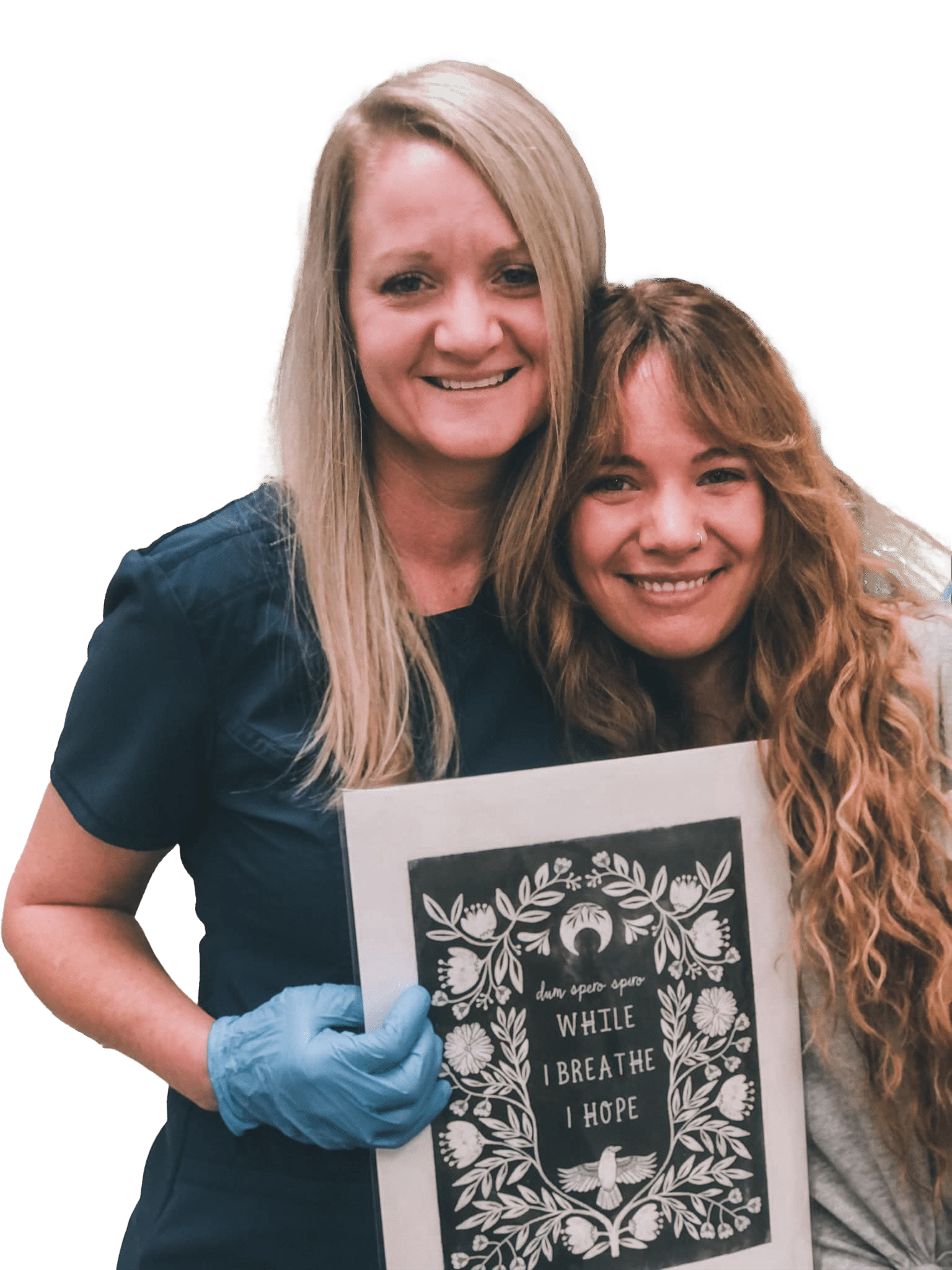Our treatment is focused on supporting the central nervous system and optimizing the body’s ability to heal from within. This inside-out healing approach results in a healthy body where these genetic variants are kept inside the box, unexpressed.
Locking the box takes time and must be attacked from many different angles. Over the years, we have introduced numerous tools and techniques in order to perfect our program and help our patients achieve healing.
Our approach is focused on nervous system rehabilitation consisting of:
“Perfectly normal genes can result in cancer or death. Vice-versa, in the right environment, mutant genes won’t be expressed”
Bruce Lipton



This book is for you. This book will explain many of your strange symptoms and how they may all be connected. It offers a whole-body approach to improve your health and return you to a better quality life. Finally, you will understand how your central nervous system is the way to healing, and have renewed hope.
Disclaimer: The information written on this website is designed to provide helpful information on various conditions and the subjects discussed. This website is not meant to be used to diagnose or treat any medical condition or to replace the advice of your physician(s). The author of this website does not claim to treat, diagnose or cure Long COVID, CRPS, EDS/POTS, AMPS, or any other specific condition or infection. The Spero Clinic treats the central nervous system only, often resulting in the body being able to heal itself.
You should regularly consult a physician in matters relating to your health, particularly with respect to any symptoms that may require diagnosis or medical attention. For diagnosis or treatment of any medical problem, consult your own physician(s).





























Start your patient journey with the Spero Clinic's neurologic rehabilitation program.
